Subject: Not seen for century, wolf kills sheep Predator makes kills in Two Dot area
http://www.billingsgazette.net/articles/2008/03/15/news/state/18-wolf.txt
Not seen for century, wolf kills sheep Predator makes kills in Two Dot area
By BRETT FRENCH
Of The Gazette Staff
TWO DOT - Her voice tinged with emotion and the video camera jiggling in her shaking hand, Tonya Martin filmed and narrated the scene she found behind her ranch home March 5 - five sheep had been killed by a wolf and another five were wounded, three of them, as it turned out, fatally.
"In the end, it's hard to watch what your animals go through," said Martin, 36, while showing the location of the slaughter on Thursday. "It makes me question what the future will be with them."
Martin was driving a tractor out to feed her cow-calf pairs around 8:30 a.m. on March 5 when her mother-in-law, Katherine Martin, spotted the big black wolf. The wolf trotted out of the brush, crossed the county road, went under a barbed-wire fence and paused to look back.
"We knew what it was right away," she said. "Our first instinct was to go after it."
At the time, Martin didn't know the wolf had killed five of her sheep. Had she known, the .222 rifle that always rides in the tractor could have been used to legally kill the wolf. It wasn't until the Martins investigated that they found the sheep flighty and hiding in the barren cottonwood trees along Big Elk Creek. Scattered around the drainage were five dead sheep and five others that were injured.
A veterinarian was called to patch up the five injured sheep, most of them with torn throats, but only two of those survived.
"I've never seen anything like it," Martin said. "Some were hamstrung, their legs were broken and twisted. I'd never seen kills like it before. The sheep were scared to death."
"It was a sad day, because I know he'll be back, and he'll be back with friends."
Tonya and her husband, Craig, are parents to the fifth generation of Martins on their ranch. The family's roots along the windy northeastern face of the Crazy Mountains reach back 114 years.
This rural area has come full circle. The first sheep were herded into this part of the Musselshell Valley in 1876. By the early 1900s, it was estimated that rancher Charles Bair owned more than 300,000 head of sheep, making the area one of the top sheep-producing regions in the world.
Sheep production has dropped precipitously across Montana and the United States since the 1920s, for a variety of reasons. But Martin likes having her nearly 400 head of sheep around as a way to control weeds without using pesticides.
"They bring a lot more to the table," she said.
As sheep and settler numbers grew at the turn of the century, wolves were exterminated across the landscape. The hide and skull of one of the last wolves killed in the early 1900s in the Two Dot region hangs on the fireplace of Martin's neighbor, Mac White. His uncles used to hunt wolves with greyhounds and Irish wolfhounds.
"They got rid of them for a reason," Martin said.
But now wolves are back.
After being reintroduced in Yellowstone National Park in the mid-1990s, wolves have recolonized old territories and now number more than 1,500 in Montana, Wyoming and Idaho. As wolf populations have grown, roaming wolves are breaking off to seek new habitat, new food sources.
"Wolves are firmly established, and all of Montana is within the dispersal distance of wolves," said Carolyn Sime, wolf coordinator for the Montana Department of Fish, Wildlife and Parks.
Adult wolves have been known to wander up to 500 miles, crossing interstate highways and big rivers - and there's even anecdotal evidence they've swum reservoirs. Sixty to 80 miles is a more typical traveling distance, which puts the Crazy Mountains, an island range, within reach of four other known packs.
The Martin ranch, located 10 miles south of Two Dot, has been no stranger to predators over the years.
"We had a 350-pound bear killing sheep in the lambing shed three or four years ago," Martin said.
The big bear eventually was shot by a Harlowton hunter, but Tonya said the situation was a bit too close for comfort. The family has also weathered its share of coyote kills in the 13 years that Martin has been raising sheep.
But she sees the wolf that attacked her flock a bit differently. "They're vicious," she said. "It never ate a bite. It just killed for fun. It's a completely different predator."
Sime said sheep trigger some "hard-wired" mechanism in wolves that makes them tend to kill more than just one, although she said there's no way to understand why the wolves do it.
"I don't really know if a wolf thinks that's fun or not," Sime said.
She also said a lone wolf will often kill and not return to the kill site, electing to move on in search of other wolves.
"Wolves have a pretty big urge to move on because they're a pack animal," Sime said. "They're looking for other wolves."
When other predators such as coyotes, bears or mountain lions kill an animal, they usually return to feed, Martin said, and they don't typically return with many friends, if any. That's what concerns her most - that the lone wolf may signal the start of a new pack in the area and more sheep losses.
Sime said that once nighttime temperatures get above freezing, a government trapper will be authorized to set leg-hold traps to try to catch the Two Dot-area wolf for collaring. When it's freezing, there's concern that the animal could lose its paw in a leg-hold trap.
"That's a typical step for us when we have a wolf in a new area," Sime said.
The state would like to know whether the wolf was a loner, or the mate of a breeding pair that may be looking to den and have pups this spring.
It's calving season, and the Martins are already putting in long hours tending their livestock. But since the wolf attack, they've been on high alert. Bellowing cows have them grabbing their coats, slipping on boots and rushing outside to make sure there's no problem.
Although the environmental group Defenders of Wildlife will pay livestock owners for confirmed wolf kills, Martin isn't so sure she'll apply.
"Morally, it's kind of hard because they are funded with donations of people who wanted to put wolves here in the first place," she said.
Contact Brett French at french@billingsgazette.com or at 657-1387.
Posts and Comments from Readers
Please include yourself in the discussion. Post a comment.
Monday, March 17, 2008
MONTANA: WOLF KILLS NEAR TWO DOT, MT NOT SEEN FOR A CENTURY. THE WOLF IS BACK
Labels:
Montana,
RANCHING,
WOLF PREDATION
Subscribe to:
Post Comments (Atom)









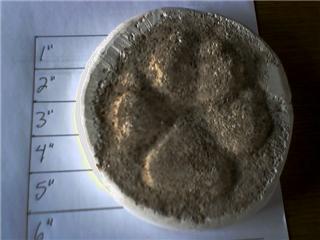



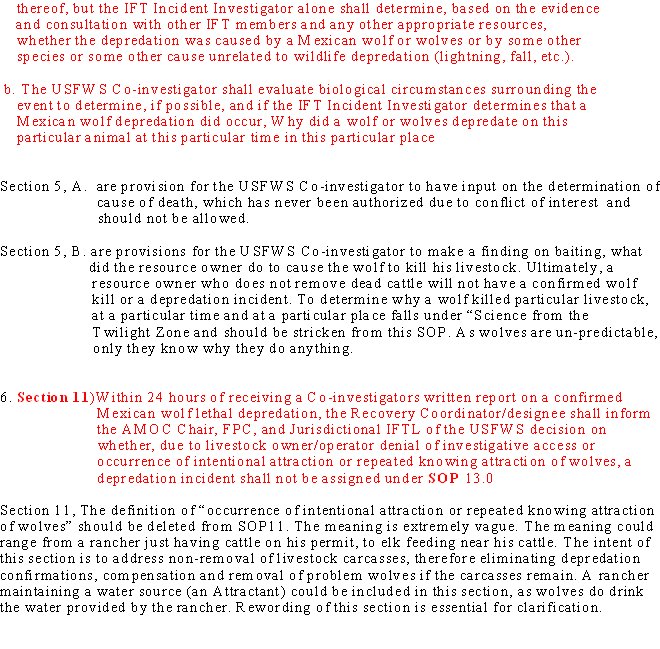
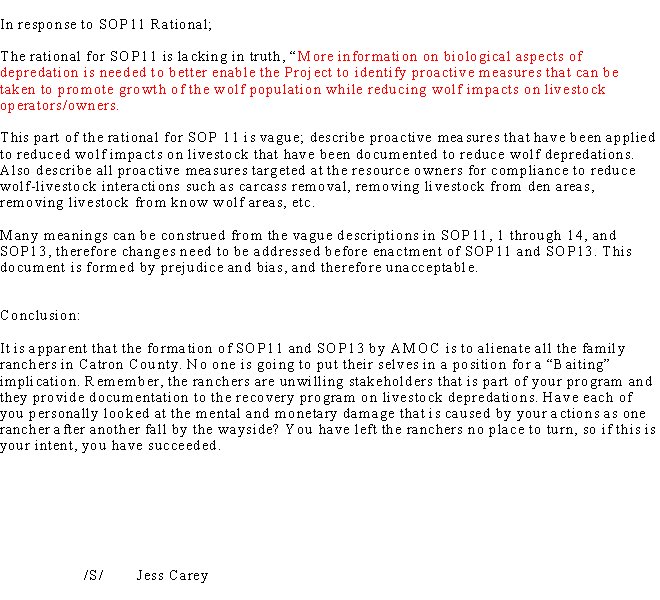




.jpg)


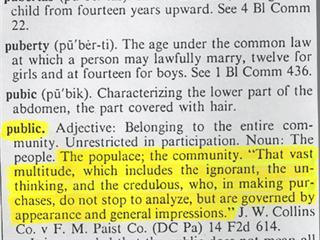












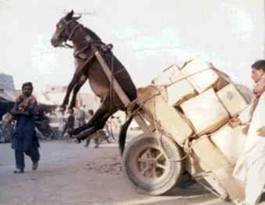


No comments:
Post a Comment